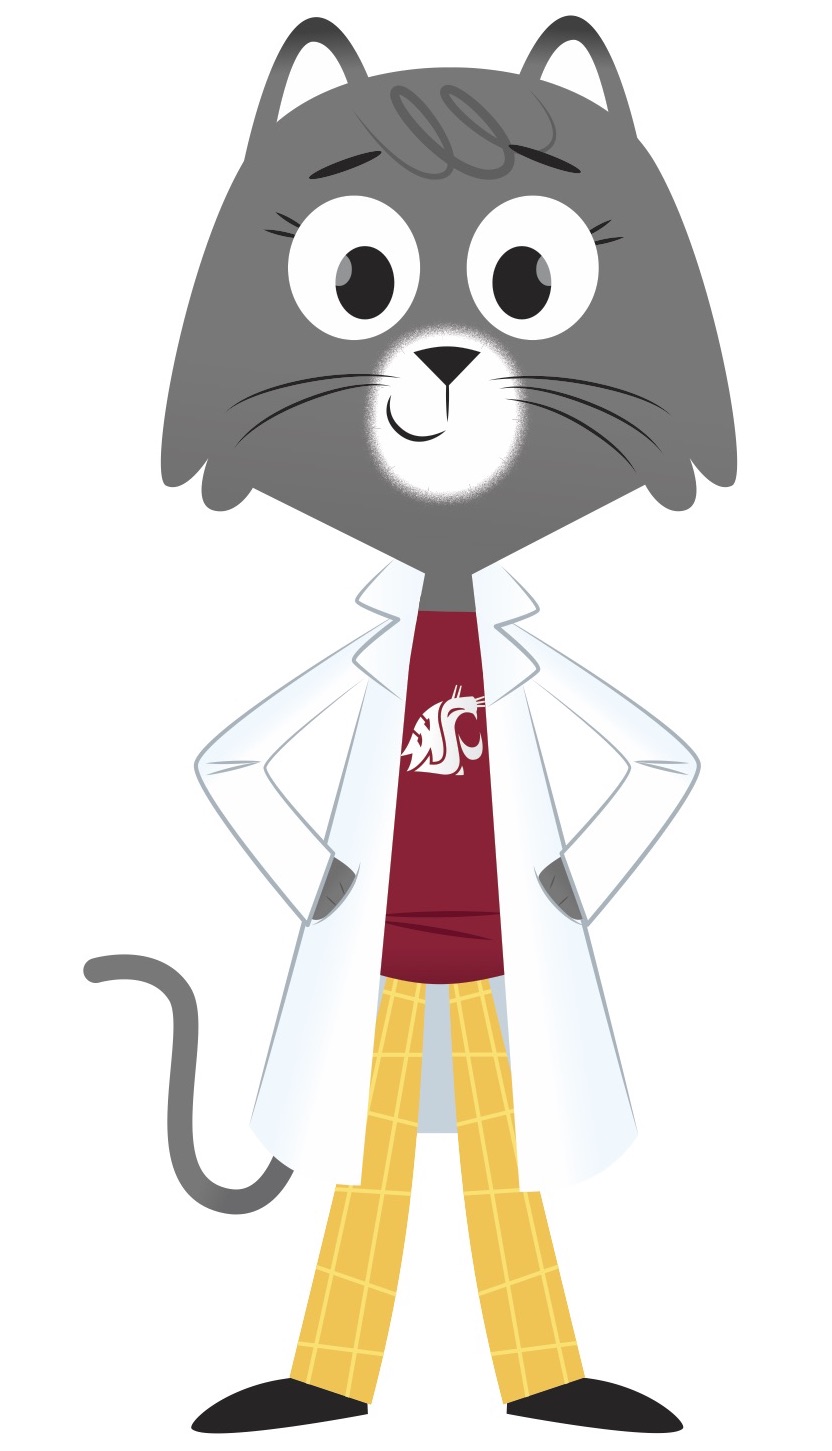Dear Theo,
That’s an excellent observation. If we drew an imaginary line straight down the middle of the human body, it would look pretty similar on each side.
We see this kind of symmetry in lots of animals, from cats and birds to worms and frogs. In fact, about 99 percent of animals have bilateral or two-sided symmetry, says my friend Erica Crespi.
She’s a biologist at Washington State University who studies frogs and asks a lot of big questions about how animals develop.
Imagine if animals like frogs, birds, cats, or humans didn’t have their two-sided symmetry. Birds might have a hard time flying with one wing. Frogs might hop in circles. Bilateral (or two-sided) symmetry in the body, like having an even number of legs and arms, can help you move around.
 It turns out two-sided symmetry is just one kind of symmetry we see in nature, Crespi says.
It turns out two-sided symmetry is just one kind of symmetry we see in nature, Crespi says.
Take the starfish. In the early stages of its life, when it’s just a little blobby thing floating in the ocean, the starfish has bilateral symmetry. That is, until it goes through a natural process called metamorphosis which completely changes its body shape.
Now, with five legs stretched out around a middle point, it has what’s called radial symmetry. We see this in animals like urchins, anemones, and jellyfish, too.
Then there are a small number of animals on our planet that do not have symmetry. They are asymmetrical, like the sea sponges that live in the ocean.
Crespi explained animals tend to develop in a particular order. The parts that will become the head or tail and the left or right side are among the first features that develop in all animals. This happens well before things like your hair, arms or legs have developed.
A big part of the answer to your question is that symmetry is in our DNA. Maybe you’ve heard about DNA before—the instructions or blueprint for how an animal develops. It’s what gives you your unique hair color and eye color. All of this information is passed down to you from your parents and ancestors before them.
Even though DNA is what makes us all different, your DNA is actually pretty similar to that of other humans. You share quite a bit of DNA with other animals, as well.
When scientists look at DNA they find that humans and slugs are about 70 percent similar. Chimpanzees and humans are about 98 percent similar. The DNA for establishing body symmetry, one of the basic traits of animals, are the same.
Symmetry can sometimes be less visible as animals get older or if they live in stressful environments, Crespi adds. Whether an animal is bilateral, radial, or asymmetrical, these patterns and body plans usually work out pretty well for life on earth.
While a lot of animals show symmetry on the outside, we aren’t quite as symmetrical on the inside. We only have one digestive system and one heart and these organs are not bilaterally symmetrical either—why might that be? Share your idea sometime at Dr.Universe@wsu.edu.